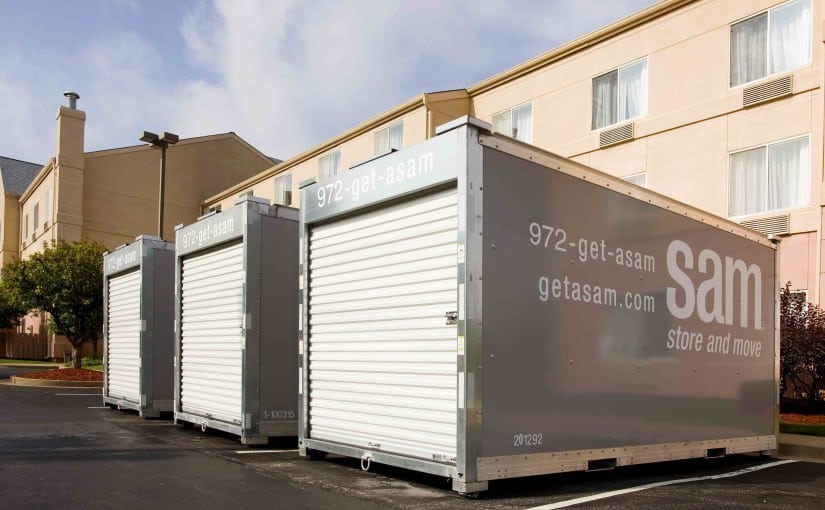A lot of companies these days just expect you to know how to use their products and services. While some are easier to understand than others, everyone needs a little guidance the first time or two. This is true for everything from technology to moving and storage.

Take loading your portable storage container, for example. There are right ways and wrong ways to do it. Let’s go over eight tips that will make your experience a little smoother and easier.
1. Plan First
You only have to make a plan with traditional methods like moving trucks, right? Wrong. While portable storage containers are pretty simple and straightforward, you’ll want to ensure it’s packed properly. That means creating a loading path, getting heavy items ready for the back and bottom of the container and ensuring it’s evenly distributed.
2. Light at the Top
As mentioned above, you’ll want heavy items on the bottom of the storage container to prevent tipping, shifting and damage to other items. Strategically stack everything so you maximize as much space as possible and utilize a storage calculator if the portable storage container company you’re using has one on their website.
3. Disassemble Furniture
Similar to the above two points, you want to maximize your space, which means removing furniture arms, legs and bulk configurations so they fit neatly in the container. Also, when you disassemble furniture like couches, you can place them in a vertical position and put extra padding around them to prevent damage to the furniture or surrounding boxes. (Pro tips: tape all hardware in a baggie to the biggest piece of furniture.)
4. Roll Up Rugs and Bulky Blankets
A pretty simple but straightforward tip, this also helps you maximize space when placing them upright. You might be tempted to put these on the floor of the container, but that can cause some maneuverability issues.
5. Avoid Loading Certain Items
Try not to store anything in the container that is unsafe, hazardous or valuable. This includes chemicals, firearms, ammunition, food, chemicals and cash or jewelry. While storage containers like SAM (Store & Move) have security latches for extra piece of mind, you don’t want to risk it.
6. Use All Your Space
Containers typically have heavy weight limits, so don’t be afraid of packing in items as tightly as possible. After all, one of the biggest reasons for item damage during moves is because of items shifting. If there is less space for them to do so, there’s less risk. Consider adding in pillows, sheets, clothes and other softer materials at the end to close in any gaps.
7. Tie Down and Secure
Be sure to strap and tie down any items that aren’t secure (or to give yourself some extra peace of mind). SAM (Store & Move) containers, for example, have 16 mounted tie-down rings that are placed throughout the container to help secure your items.
8. Add Locks
Finally, make sure you don’t forget to lock everything up once you’ve loaded it. (Install two locks, if your container allows it.) This may seem like a task that goes without saying, but many people forget it since it’s at the very end.
These are just a few tips for loading a portable storage container correctly. If you have any more questions about loading or would like a no-obligation consultation, contact us today at 972-GET-A-SAM.
